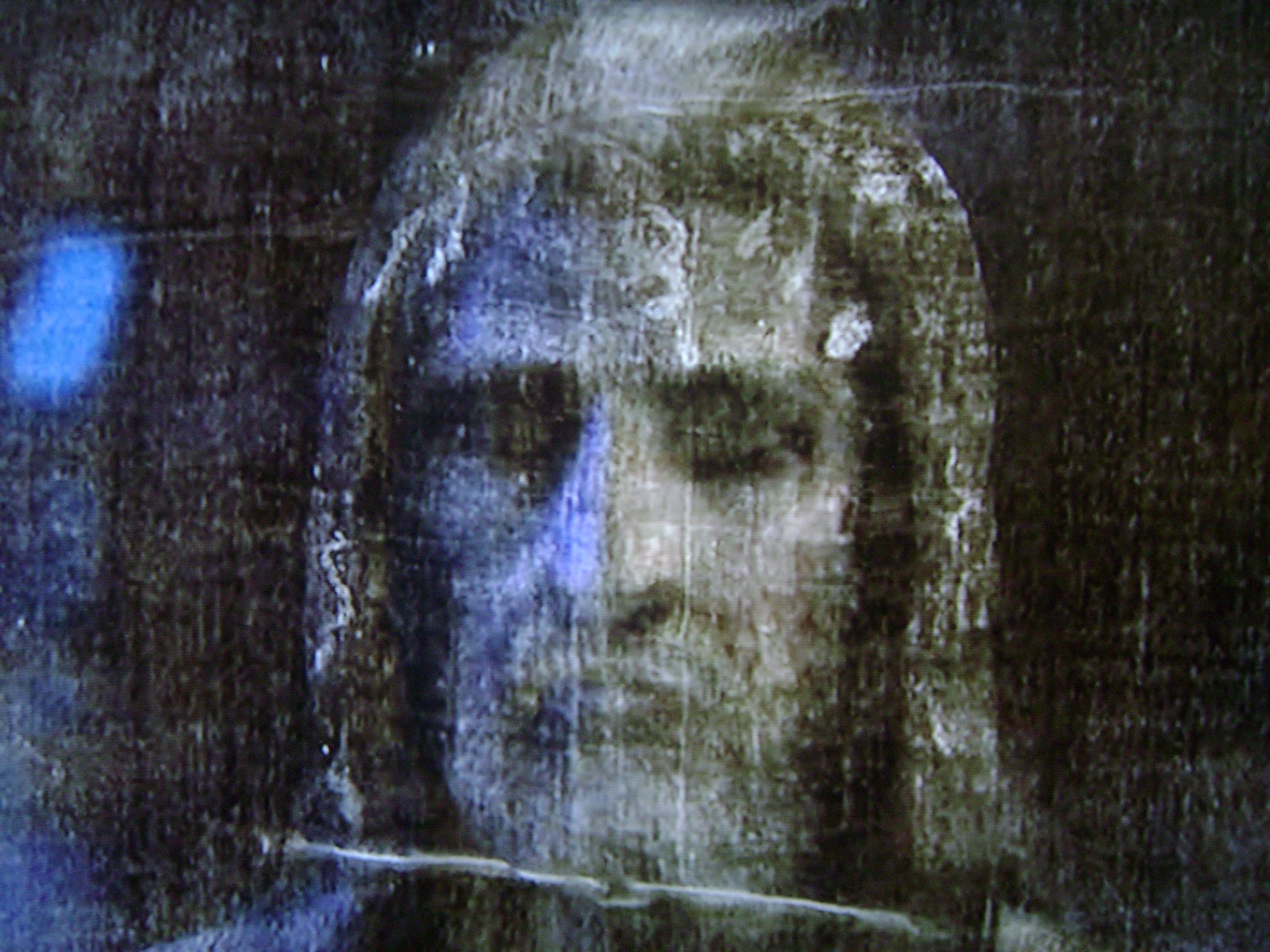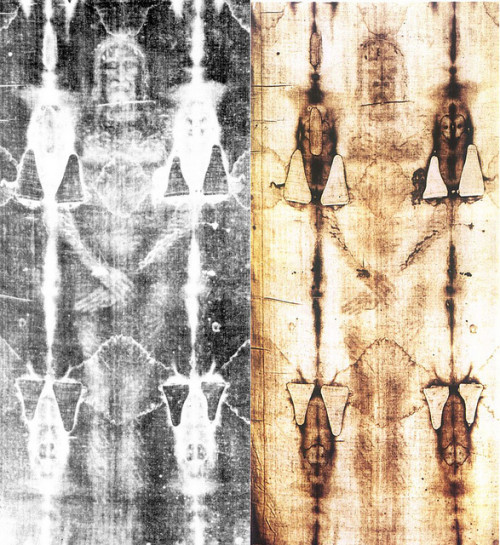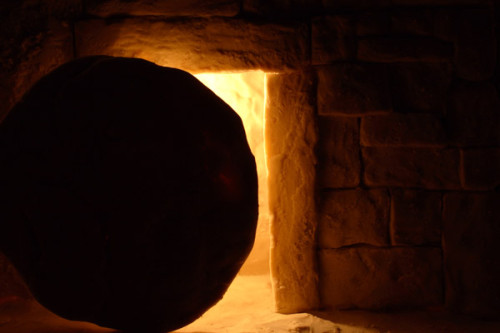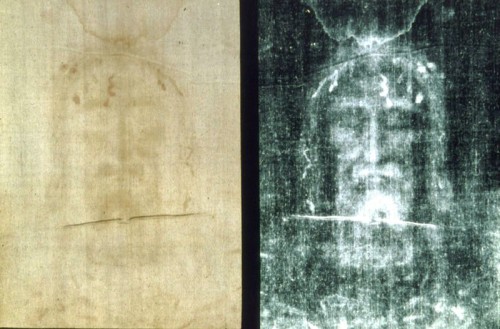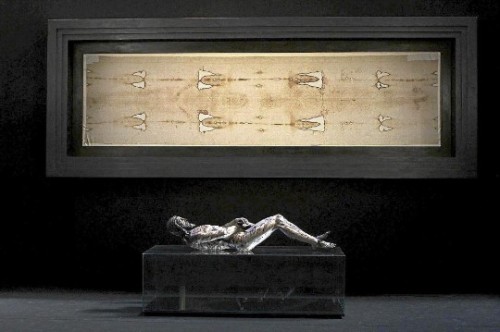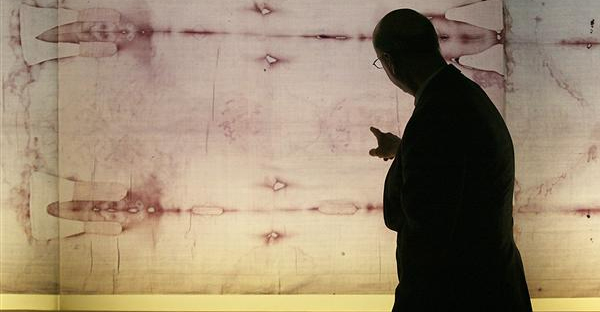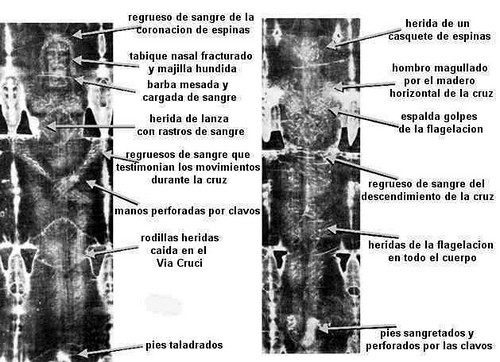From Forums of the Virgin Mary (initial translation):
Where, then, could we find a miracle that is historical, documented, with witnesses to it?
And that also present multiple witnesses whose stories fit?
Is there historical documentary evidence from other sources that corroborate the primary source? Archaeological evidence?
And above all, can this evidence be explained only by the miracle and in no other way?
There are many cases that do not fit the materialist explanation, but there is one par excellence.
The miracle we are thinking about is the Resurrection of Jesus Christ, which of course is the miracle that governs them all.
And what is the empirical evidence that it happened?
The proof is the evidence of the Shroud of Turin.
We are badly accustomed to grounding the supernatural by faith, but we can also base it on inexplicable physical facts. Moreover, supernatural proof is the favorite and unique explanation of the Catholic Church when it approves a miracle of a saint.
Every time a person is in dialogue with an atheist he can simply skip all philosophical arguments and simply point to the Shroud.
Most of them will mock it with a wave of the hand, saying: “Carbon-14 dating showed it to be a medieval forgery a long time ago.” The problem with this argument is that the carbon-14 test that was cited is hardly infallible and carbon-14 is far from being the only proof that the Shroud presents.
1 – There is no technology to print on fabric in that way. The image is not a stain.
It is not painted on the shroud. It is not burned in a conventional way.
Instead, it is a scorched image on the cloth, the production technology of which has not yet been explained.
Not only can the image not be reproduced using medieval technologies; it can not be reproduced with modern technology.
2 – The 3-D capabilities of the image
The image of the man on the cover can be read by 3-D imaging technology.
It is a 3-dimensional image.
Paintings fail in this test.
3 – The positive-negative image
The image is a photographic negative.
This means that when a traditional photograph is taken, what should be negative appears as a positive image.
If it’s a medieval painting, how did they do that and why?
4 – Anatomical precision
Not only is it an accurate picture of a dead man.
But the image is distorted to unveil a real body.
And the body ‘disappears’ inside the fabric.
5 – The historical accuracy of the Crucifixion
The wounds are consistent not only with the Roman crucifixion, but with the details of Jesus’ special crucifixion, like the crown of thorns.
No bones broken by flogging.
And there is a wound in the side.
6 – Geographic accuracy
The pollen on the Shroud is not only from the Jerusalem area, but from Turkey and the other places that the shroud is supposed to have resided.
And the dust in the area that covers the knees and feet is from the Jerusalem area.
7 – Accuracy with Jewish funerary customs
The shroud shows details perfectly consistent with the Jewish burial customs of the first century.
There are even microscopic traces of the flowers that were used in the funeral — flowers that grew only locally in Jerusalem and are known to be used for burials.
8 – There is blood that is imprinted and that arrived before the image
Studies show that the blood came to the sheet first.
The image happened later.
If it was painted, there is no evidence of painting anywhere.
9 – The type of fabric coincides with the historical time and the region
The cloth is consistent with the fabrics of the first century of Israel, but not with those of medieval Europe.
The Irrefutable Physical Evidence on the Existence of God



